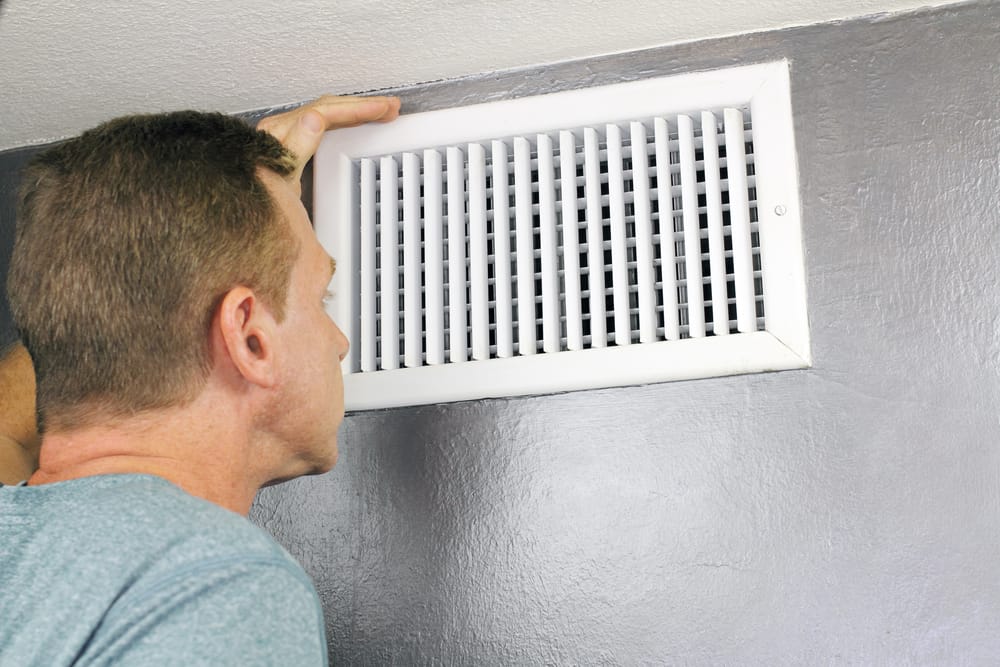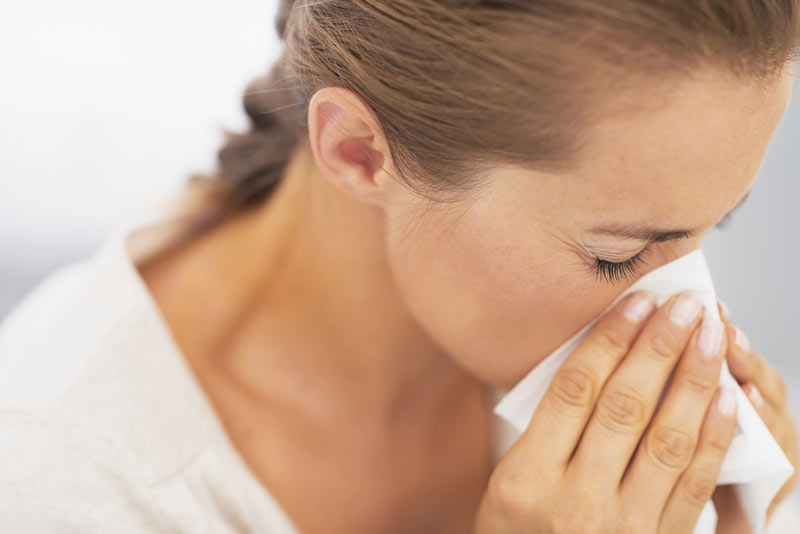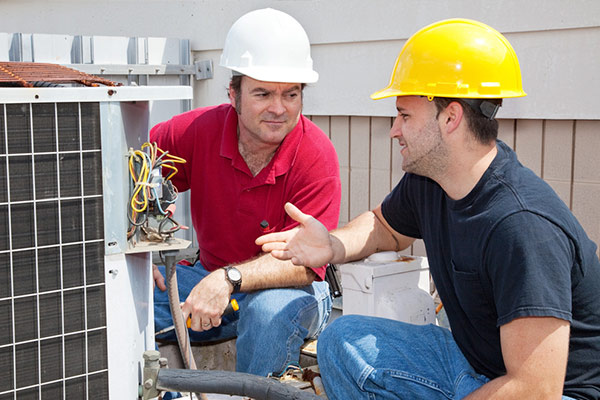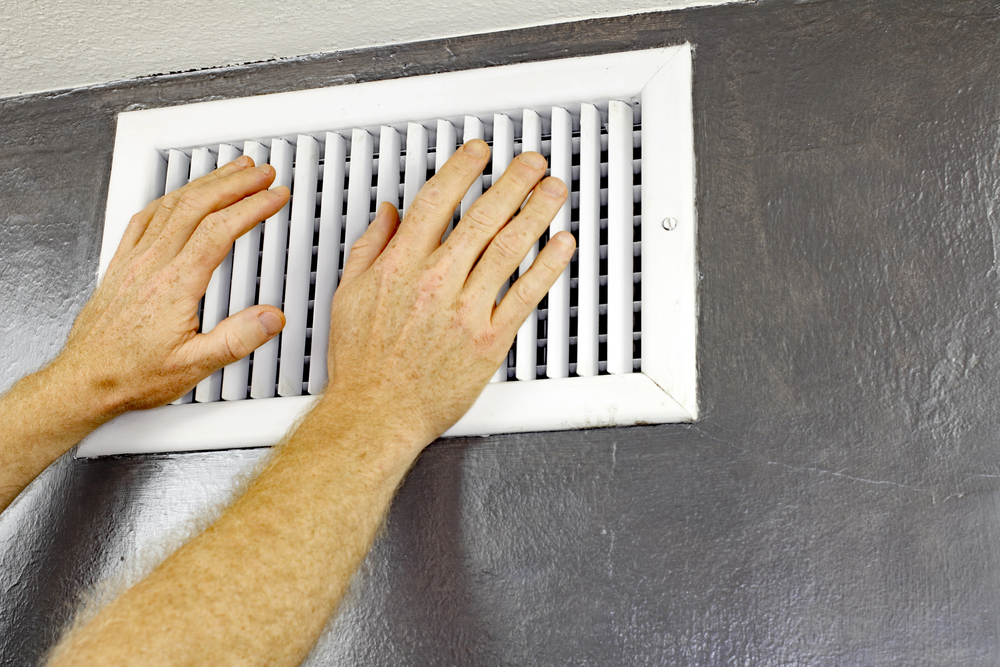5 Signs Your Home Needs an Indoor Air Quality Check
Aug 22, 2024

Indoor air quality (IAQ) is crucial to your family’s health and comfort. Unfortunately, many homeowners may not realize that the air inside their homes could be causing or exacerbating health issues. Poor IAQ can lead to a range of problems, from minor discomforts to serious respiratory conditions. But how do you know when it’s time to take action? Here are the top five signs your home might need an indoor air quality check, along with some practical tips on how to improve it.

1. Persistent Odors
Have you noticed a lingering smell in your home that just won’t go away, no matter how much you clean? Persistent odors, whether musty, chemical, or otherwise unpleasant, can indicate that your indoor air is filled with pollutants. These odors could be caused by mold, mildew, VOCs (volatile organic compounds), or even hidden pests.
Solution: Start by identifying the source of the odor. Regularly cleaning your home, especially carpets, upholstery, and other soft surfaces, can help. Additionally, consider using an air purifier to help eliminate stubborn smells. If the odor persists, a professional indoor air quality check can pinpoint the exact source.
2. Increased Allergy Symptoms
Do you or your family members suffer from sneezing, coughing, or itchy eyes more often when you’re at home? If so, your indoor air might be full of allergens like dust mites, pet dander, or pollen. These microscopic particles can easily circulate through your HVAC system, triggering allergic reactions.
Solution: Regularly vacuum your home using a vacuum with a HEPA filter, and wash bedding and curtains frequently to reduce allergen buildup. You should also change your HVAC filters regularly—more on this below!
3. Visible Dust Buildup
If you find yourself dusting more often than usual, or notice a thick layer of dust accumulating quickly, it might be a sign of poor air circulation or filtration within your home. Excessive dust can indicate that your HVAC system isn’t filtering or circulating air effectively, allowing dust and other particles to settle throughout your home.
Solution: Ensure that your HVAC system is properly maintained. This includes regularly changing air filters and having your ducts cleaned periodically. Upgrading to a high-efficiency filter can also help capture more dust and keep your air cleaner.
4. High Humidity Levels
Maintaining balanced humidity levels in your home is essential for good indoor air quality. High humidity can lead to the growth of mold and mildew, which not only cause unpleasant odors but can also contribute to serious respiratory issues.
Solution: Use a dehumidifier to keep your home’s humidity level between 30-50%. Your HVAC system should also be checked to ensure it’s effectively controlling humidity levels. In some cases, you might need to install a whole-home dehumidifier as part of your HVAC system.

5. Frequent Respiratory Issues
If anyone in your household is experiencing frequent respiratory issues, such as asthma attacks or chronic bronchitis, your indoor air quality might be to blame. Pollutants like mold spores, chemical fumes, or even poor ventilation can exacerbate these conditions.
Solution: Start by ventilating your home better. Open windows when possible, and use exhaust fans in kitchens and bathrooms to remove moisture and pollutants. Additionally, a professional air quality assessment can help you identify specific contaminants and recommend targeted solutions.
How to Improve Your Indoor Air Quality
Now that you know the signs of poor indoor air quality, let’s look at some effective ways to improve it. Making a few changes can significantly enhance the quality of the air you breathe at home.

1. Maintain Your HVAC System
Your air conditioner plays a critical role in maintaining good indoor air quality. Regular HVAC maintenance, including changing the air filters every 1-3 months, is essential. A clean filter helps trap dust, allergens, and other airborne particles, preventing them from recirculating in your home. Additionally, having your HVAC system serviced annually ensures it’s running efficiently and effectively, contributing to better air quality. If your air conditioner is old or experiencing issues, you may need to consider an HVAC repair or a new unit installation.
2. Invest in an Air Purifier
Air purifiers are excellent for removing airborne contaminants, including dust, pollen, pet dander, and smoke particles. Consider placing air purifiers in high-traffic areas like the living room and bedrooms for the best results.
3. Control Humidity Levels
As mentioned earlier, controlling humidity is key to preventing mold and mildew growth. Use dehumidifiers in damp areas like basements, and make sure your HVAC system is helping to maintain balanced humidity levels throughout your home.
4. Use Natural Cleaning Products
Many household cleaning products contain chemicals that can release VOCs into your indoor air. Opt for natural, non-toxic cleaning products to reduce the chemical load in your home.

5. Ventilate Your Home
Good ventilation is essential for maintaining healthy indoor air. Open windows when the weather permits to allow fresh air to circulate and stale air to escape. Use exhaust fans in kitchens and bathrooms to remove moisture and odors.
Conclusion
Indoor air quality is vital to your health and well-being. If you notice any of the signs mentioned above, it’s time to take action. Simple steps like maintaining your HVAC system, controlling humidity, and improving ventilation can make a significant difference. However, for more persistent or severe issues, a professional indoor air quality check can provide you with the insights and solutions needed to create a healthier home environment.
Don’t wait until poor air quality starts affecting your health — contact us today to schedule an indoor air quality assessment and take the first step toward cleaner, healthier air in your home.
